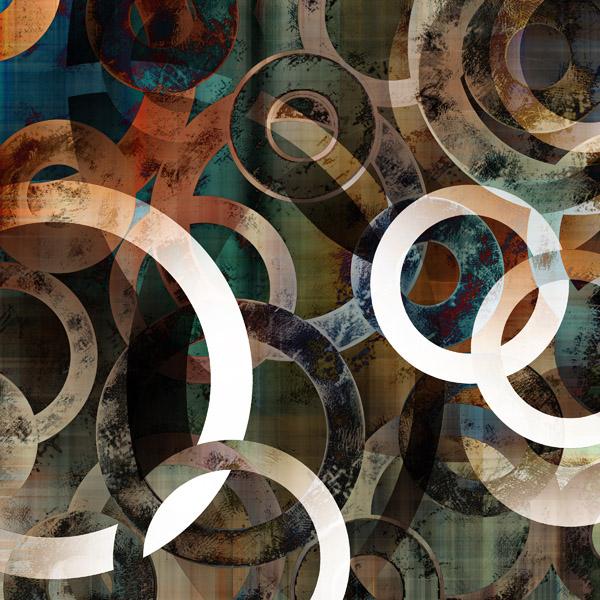Random graph ensembles with many short loops
The analysis of real networks which contain many short loops requires novel methods, because they break the assumptions of tree-like models.
ESAIM: Proceedings and surveys 47, 97 (2014)
E. Roberts, A. Coolen




LCP












Networks observed in the real world often have many short loops. This violates the tree-like assumption that underpins the majority of random graph models and most of the methods used for their analysis. In this paper we sketch possible research routes to be explored in order to make progress on networks with many short loops, involving old and new random graph models and ideas for novel mathematical methods. We do not present conclusive solutions of problems, but aim to encourage and stimulate new activity and in what we believe to be an important but under-exposed area of research. We discuss in more detail the Strauss model, which can be seen as the ‘harmonic oscillator’ of ‘loopy’ random graphs, and a recent exactly solvable immunological model that involves random graphs with extensively many cliques and short loops.